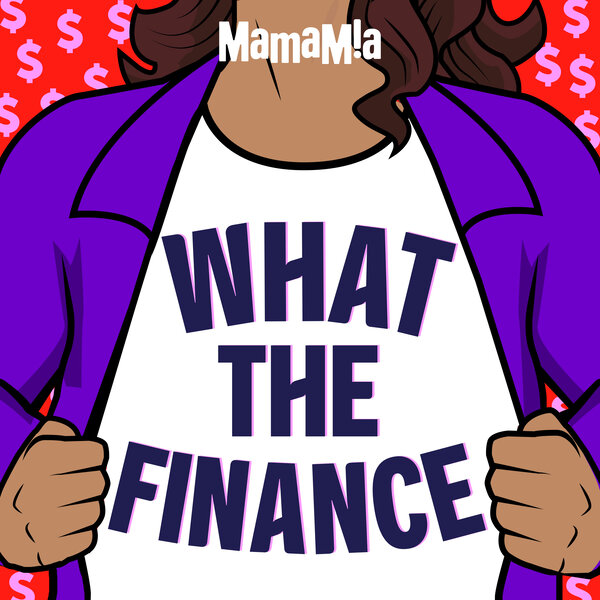They say it takes a village to raise a child, but how much does it actually cost?
The answer is highly dependent on individual circumstances, but as a guide, a 2013 national study found that a typical middle income family would spend about $812,000 on raising two children from birth to age 24.i
At that time child-raising costs were increasing at around nine per cent per annum, so it’s a reasonable estimate that these days the cost of getting two kids to the point where they’re ready to leave home (that’s not to say that they will) is closer to $1.1 million. And that’s a middle of the road figure.
For low and middle income families transport is, perhaps surprisingly, the biggest single cost, but for high income families, education takes top spot: it eats up over a quarter of the household budget. That’s largely due to the costs of private education.
The Australian Scholarship Group (ASG) estimates that providing just one child with a private education from pre-school to the end of high school will cost close to $512,910.ii
Opt for the Catholic system and that drops to around $251,499, while a government education comes in at roughly $70,454. Supporting a child through university adds substantially to these costs.
Creating a ‘Family Future Fund’
Being forewarned about the costs of children, particularly educating them, provides an opportunity to prepare for the hit to the family budget.
Take Ben and Laura, a young professional couple with a combined after-tax income of $150,000. They plan on starting a family in a few years and after allowing for other financial commitments decide to set aside 25 per cent of their net income for their ‘family future fund’. Opting for the safety of a high interest savings account their return after tax is 2 per cent per annum.
When baby Rose arrives five years later, they have a head start of just over $195,000 in meeting future child-raising costs. But babies and toddlers are relatively cheap to support compared with older children, so Ben and Laura don’t need to dip into their fund just yet. This is just as well as they are forced to stop their regular contributions when unpaid parental leave puts a dent in their income. When Rose is ready to start school at age five the family fund has grown to $215,463.





























































































